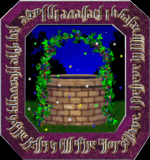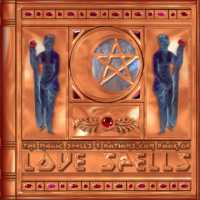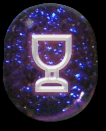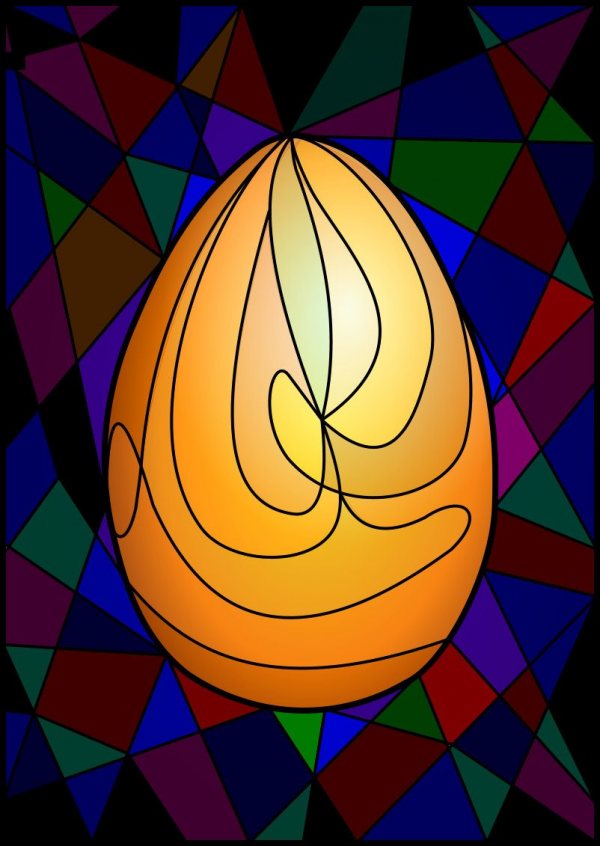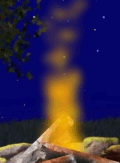Dandelion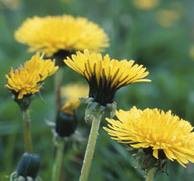
The medicinal tincture of Dandelion is made from the entire plant, gathered in summer, employing proof spirit which dissolves also the resinous parts not soluble in water. From ten to fifteen drops of this tincture may be taken with a spoonful of water three times in the day.
Added Jul 11, 2010
| 7,678 Reads
Owing to long years of particular evolutionary sagacity in developing winged seeds to be wafted from the silky pappus of its ripe flowerheads over wide areas of land, the Dandelion exhibits its handsome golden flowers in every field and on every ground plot throughout the whole of our country. They are to be distinguished from the numerous hawkweeds, by having the outermost leaves of their exterior cup bent downwards whilst the stalk is coloured and shining. The plant-leaves have jagged edges which resemble the angular jaw of a lion fully supplied with teeth; or, some writers say, the herb has been named from the heraldic lion which is vividly yellow, with teeth of gold-in fact, a dandy lion! Again, the flower closely resembles the sun, which a lion represents. It is called by some Blowball, Time Table, and Milk "Gowan" (or golden). "How like a prodigal does Nature seem, In some of our provinces the herb is known as Wiggers, and Swinesnout; whilst again in Devon and Cornwall it is called the Dashelflower. Botanically it belongs to the composite order, and is named Taraxacum Leontodon, or eatable, and lion-toothed. This latter when Latinised is dens leonis, and in French dent de lion. The title Taraxacum is an Arabian corruption of the Greek trogimon, "edible"; or it may have been derived from the Greek taraxos, "disorder," and akos, "remedy." It once happened that a plague of insects destroyed the harvest in the island of Minorca, so that the inhabitants had to eat the wild produce of the country; and many of them then subsisted for some while entirely on this plant. The Dandelion, which is a wild sort of Succory, was known to Arabian physicians, since Avicenna of the eleventh century mentions it as taraxacon. It is found throughout Europe, Asia, and North America; possessing a root which abounds with milky juice, and this varying in character according to the time of year in which the plant is gathered. During the winter the sap is thick, sweet, and albuminous; but in summer time it is bitter and acrid. Frost causes the bitterness to diminish, and sweetness to take its place; but after the frost this bitterness returns, and is intensified. The root is at its best for yielding juice about November. Chemically the active ingredients of the herb are taraxacin, and taraxacerine, with inulin (a sort of sugar), gluten, gum, albumen, potash, and an odorous resin, which is commonly supposed to stimulate the liver, and the biliary organs. Probably this reputed virtue was assigned at first to the plant largely on the doctrine of signatures, because of its bright yellow flowers of a bilious hue. But skilled medical provers who have experimentally tested the toxical effects of the Dandelion plant have found it to produce, when taken in excess, troublesome indigestion, characterized by a tongue coated with a white skin which peels off in patches, leaving a raw surface, whilst the kidneys become unusually active, with profuse night sweats and an itching nettle rash. For these several symptoms when occurring of themselves, a combination of the decoction, and the medicinal tincture will be invariably curative. To make a decoction of the root, one part of this dried, and sliced, should be gently boiled for fifteen minutes in twenty parts of water, and strained off when cool. It may be sweetened with brown sugar, or honey, if unpalatable when taken alone, several teacupfuls being given during the day. Dandelion roots as collected for the market are often adulterated with those of the common Hawkbit (Leontodon hispidus); but these are more tough and do not give out any milky juice. The tops of the roots dug out of the ground, with the tufts of the leaves remaining thereon, and blanched by being covered in the earth as they grow, if gathered in the spring, are justly esteemed as an excellent vernal salad. It was with this homely fare the good wise Hecate entertained Theseus, as we read in Evelyn's Acetaria. Bergius says he has seen intractable cases of liver congestion cured, after many other remedies had failed, by the patients taking daily for some months, a broth made from Dandelion roots stewed in boiling water, with leaves of Sorrel, and the yelk of an egg; though (he adds) they swallowed at the same time cream of tartar to keep their bodies open. Incidentally with respect to the yelk of an egg, as prescribed here, it is an established fact that patients have been cured of obstinate jaundice by taking a raw egg on one or more mornings while fasting. Dr. Paris tells us a special oil is to be extracted from the yelks (only) of hard boiled eggs, roasted in pieces in a frying pan until the oil begins to exude, and then pressed hard. Fifty eggs well fried will yield about five ounces of this oil, which is acrid, and so enduringly liquid that watch-makers use it for lubricating the axles and pivots of their most delicate wheels. Old eggs furnish the oil most abundantly, and it certainly acts as a very useful medicine for an obstructed liver. Furthermore the shell, when finely triturated, has served by its potentialised lime to cure some forms of cancer. Sweet are the uses of adversity! even such as befell the egg symbolised by Humpty-Dumpty:— "Humptius in muro requievit Dumptius alto, The medicinal tincture of Dandelion is made from the entire plant, gathered in summer, employing proof spirit which dissolves also the resinous parts not soluble in water. From ten to fifteen drops of this tincture may be taken with a spoonful of water three times in the day. Of the freshly prepared juice, which should not be kept long as it quickly ferments, from two to three teaspoonfuls are a proper dose. The leaves when tender and white in the spring are taken on the Continent in salads or they are blanched, and eaten with bread and butter. Parkinson says: "Whoso is drawing towards a consumption, or ready to fall into a cachexy, shall find a wonderful help from the use thereof, for some time together." Officially, according to the London College, are prepared from the fresh dried roots collected in the autumn, a decoction (one ounce to a pint of boiling water), a juice, a fresh extract, and an inspissated liquid extract. Because of its tendency to provoke involuntary urination at night, the Dandelion has acquired a vulgar suggestive appellation which expresses this fact in most homey terms: quasi herba lectiminga, et urinaria dicitur: and this not only in our vernacular, but in most of the European tongues: quia plus lotii in vesicam derivat quam puerulis retineatur proesertim inter dormiendum, eoque tunc imprudentes et inviti stragula permingunt. At Gottingen, the roots are roasted and used instead of coffee by the poorer folk; and in Derbyshire the juice of the stalk is applied to remove warts. The flower of the Dandelion when fully blown is named Priest's Crown (Caput monachi), from the resemblance of its naked receptacle after the winged seeds have been all blown away, to the smooth shorn head of a Roman cleric. So Hurdis sings in his poem The Village Curate:— "The Dandelion this: Boys gather the flower when ripe, and blow away the hall of its silky seed vessels at the crown, to learn the time of day, thus sportively making:— "Dandelion with globe of down
Added Jul 11, 2010
| 7,678 Reads
Share The Magic ...
The GoE MONEY!!! Course - A Course In Real MONEY MAGIC!
|

